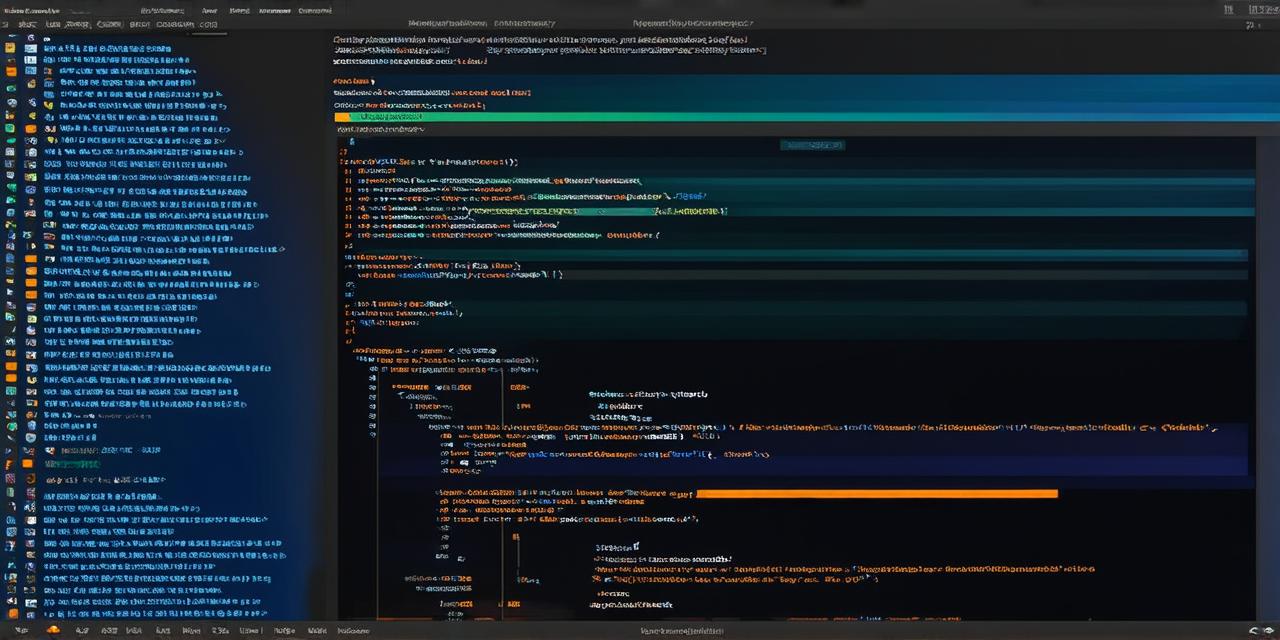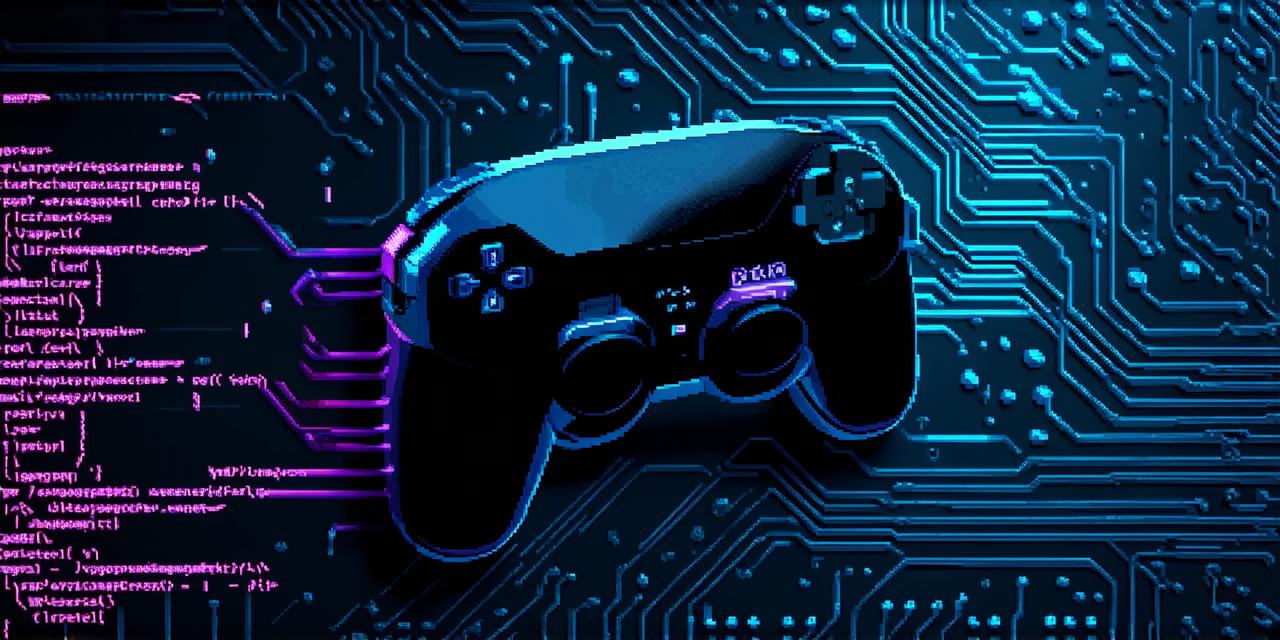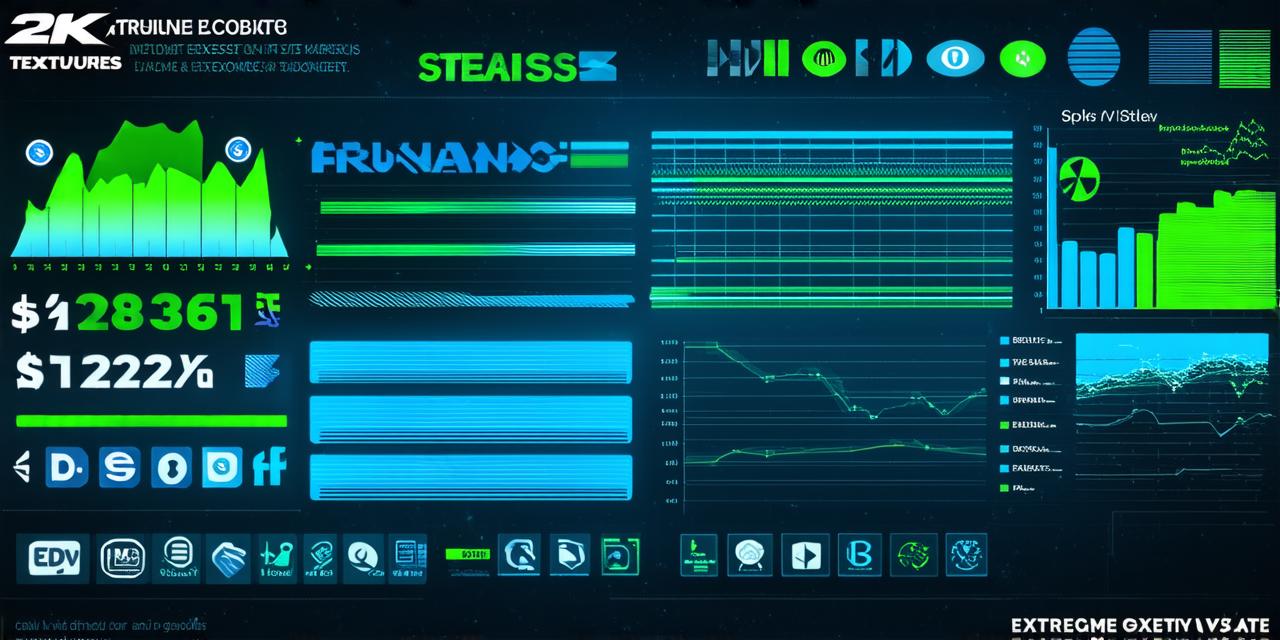How to Successfully Manage a Game Development Project
Game development is an exciting and challenging field that requires creativity, technical skills, and effective project management. In this article, we will discuss the essential steps to successfully manage a game development project. We’ll use real-life examples and expert opinions to help you navigate the complexities of managing a game development project.
Step 1: Define Your Project Scope
The first step in managing a game development project is to define its scope. The project scope should include the game’s features, target audience, platform, budget, timeline, and resources required to develop the game. It’s important to have a clear understanding of the project’s goals and objectives before starting the development process.
For example, let’s consider the development of a mobile puzzle game. The project scope for this game could include features such as level design, graphics, sound effects, and user interface. The target audience could be casual gamers who enjoy playing games on their mobile devices. The platform could be iOS or Android. The budget could be $250,000, and the timeline could be six months. The resources required could include a team of game designers, programmers, artists, sound designers, and project managers.
Step 2: Create a Project Plan
Once you have defined your project scope, it’s time to create a project plan. A project plan is a roadmap that outlines the steps needed to complete the project on time and within budget. It should include milestones, tasks, deadlines, and resource allocation.
For example, let’s consider the project plan for our mobile puzzle game. The project plan could include the following milestones:
- Conceptualization: This phase involves brainstorming ideas for the game’s features, mechanics, and design.
- Prototyping: In this phase, a working prototype of the game is created to test and refine the gameplay mechanics and user interface.
- Art Assets Creation: During this phase, the game’s graphics, sound effects, and other art assets are created.
- Programming: This phase involves coding the game’s features and functionality.
- Testing: In this phase, the game is thoroughly tested to identify and fix any bugs or issues.
- Deployment: The final phase involves deploying the game on the target platform (iOS or Android).
Step 3: Assign Roles and Responsibilities
Assigning roles and responsibilities is an essential step in managing a game development project. It’s important to ensure that each team member understands their responsibilities and can contribute effectively to the project.
For example, let’s consider the roles and responsibilities for our mobile puzzle game. The team could include:
- Game Designer: This person would be responsible for brainstorming ideas for the game’s features, mechanics, and design. They would also work closely with the other team members to ensure that the game is fun and engaging.
- Programmer: This person would be responsible for coding the game’s features and functionality. They would work closely with the game designer to ensure that the code matches the game’s design and mechanics.
- Artist: This person would be responsible for creating the game’s graphics, sound effects, and other art assets. They would work closely with the game designer to ensure that the art assets match the game’s design and mechanics.
- Project Manager: This person would be responsible for managing the project’s timeline, budget, and resources. They would work closely with the team members to ensure that the project is completed on time and within budget.
Step 4: Communication and Collaboration
Effective communication and collaboration are critical to the success of any game development project. It’s important to establish clear lines of communication between team members and ensure that everyone is on the same page.
For example, let’s consider the communication and collaboration for our mobile puzzle game. The team could use tools such as Slack, Trello, or Asana to communicate and collaborate. The project manager could set up regular meetings with the team to discuss progress, assign tasks, and address any issues that arise.
Step 5: Risk Management and Planning for Contingencies
Risk management and planning for contingencies are essential to managing a game development project successfully. It’s important to identify potential risks and develop strategies to mitigate them.
For example, let’s consider the risk management and contingency planning for our mobile puzzle game. The team could identify potential risks such as delays in resource availability or unforeseen technical challenges. To mitigate these risks, the team could develop contingency plans such as hiring additional resources or seeking technical support.
Step 6: Continuous Improvement and Iteration
Continuous improvement and iteration are essential to managing a game development project successfully. It’s important to regularly review the project’s progress and make adjustments as needed to ensure that it stays on track and meets its goals.
For example, let’s consider the continuous improvement and iteration for our mobile puzzle game. The team could conduct regular playtesting sessions with a group of casual gamers to gather feedback on the game’s features, mechanics, and design. Based on this feedback, the team could make adjustments to improve the game’s user experience.
FAQs
Here are the FAQs for the article:
Q: How long does it take to develop a mobile puzzle game?
A: The timeline for developing a mobile puzzle game can vary depending on the project scope and resources available. A typical timeline for a mobile puzzle game could be six months or more.
Q: What are the most important factors in managing a game development project?
A: The most important factors in managing a game development project include defining the project scope, creating a project plan, assigning roles and responsibilities, effective communication and collaboration, risk management and contingency planning, and continuous improvement and iteration.
Q: What tools can be used to manage a game development project?
A: Tools that can be used to manage a game development project include Slack, Trello, Asana, Jira, GitHub, and others. These tools can help with communication, collaboration, task management, version control, and more.


